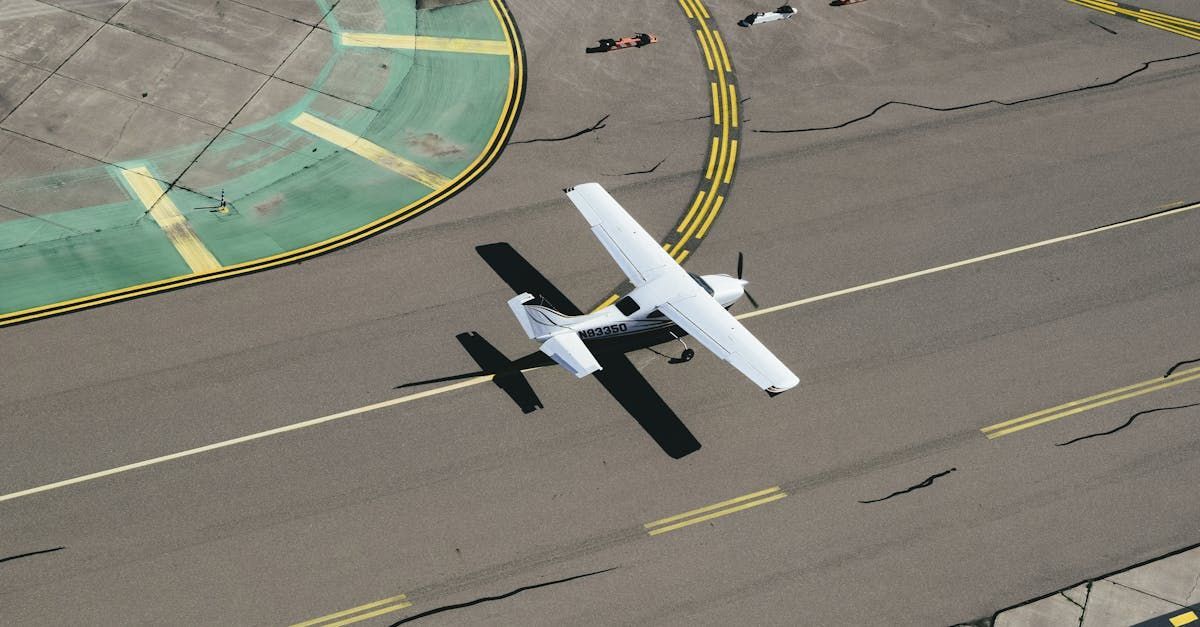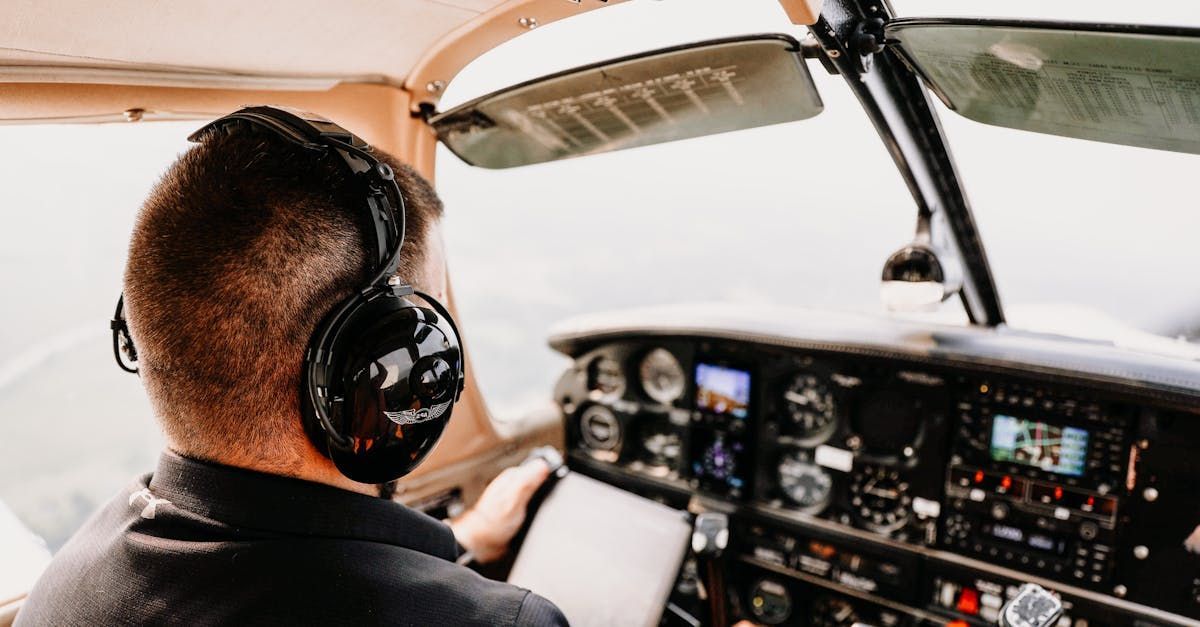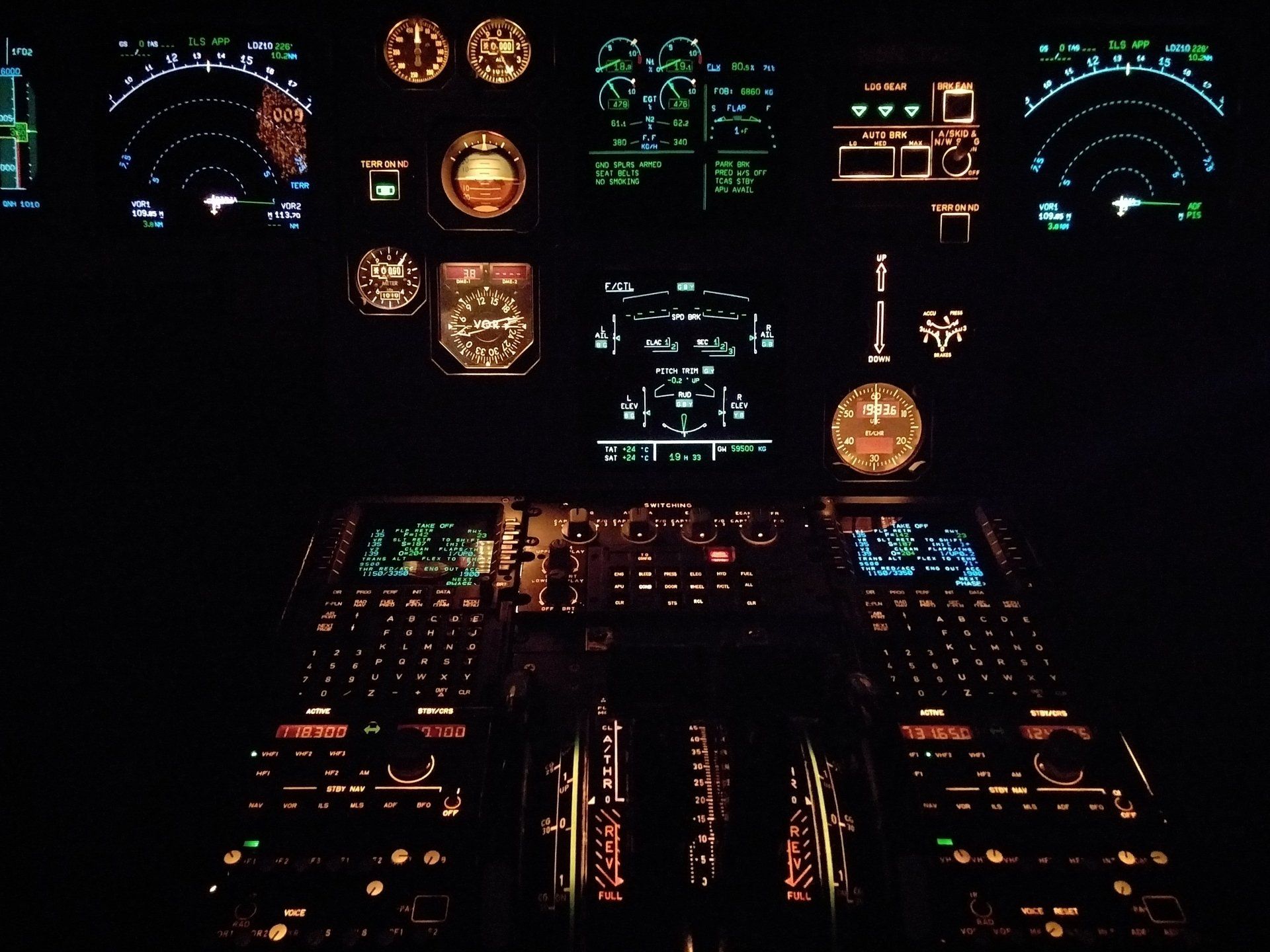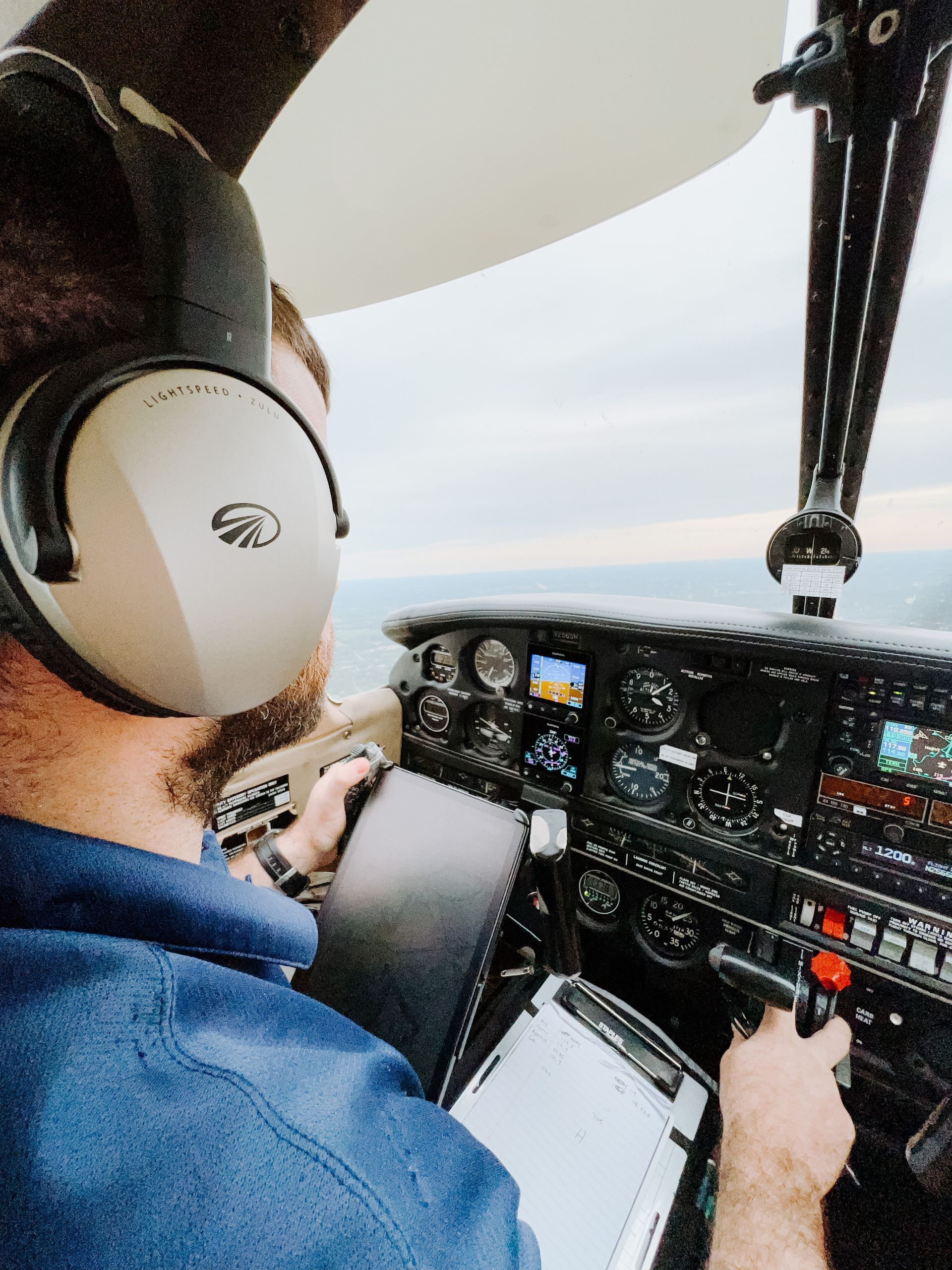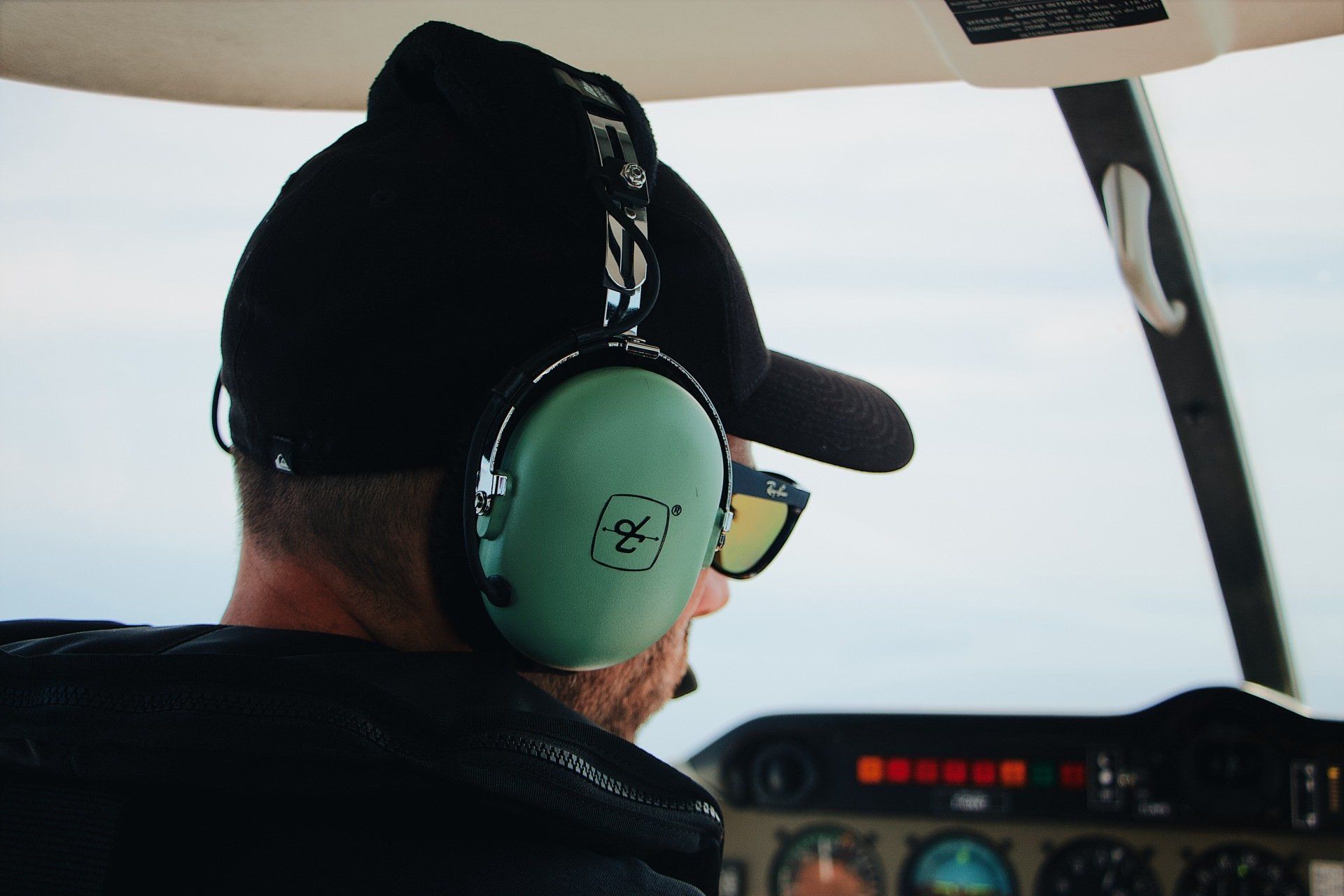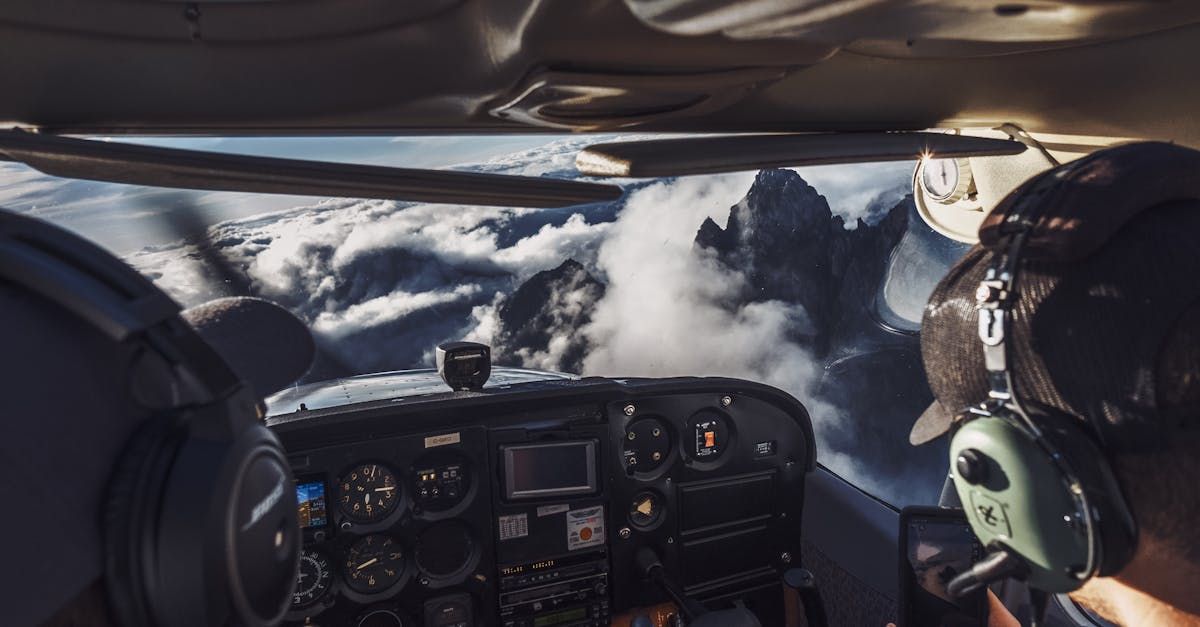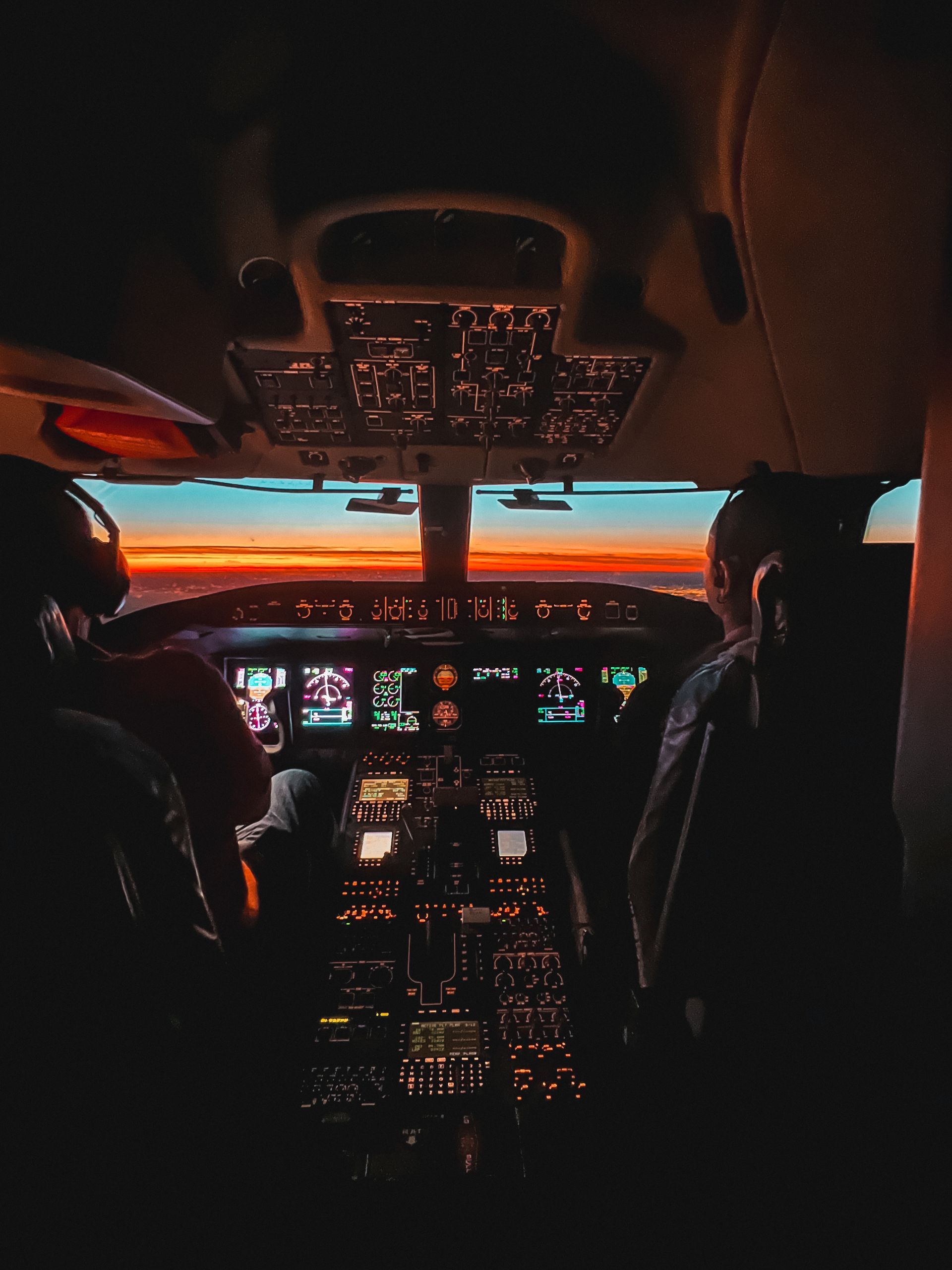The Future of Aviation: Trends and Innovations

As new technology and ideas shape the future of flight, the aviation sector is continuously evolving. Innovators and major trends to watch include:
Electric Aircraft
The development of electric aircraft for a variety of uses, from small personal planes to larger commercial aircraft, is gaining steam as electric propulsion systems find more and more usage in aviation.
Aviation Sustainability
As the pressure to cut carbon emissions in the aviation sector grows, sustainable aviation is a crucial trend to keep an eye on. Biofuels and electric planes are just two of the sustainable aviation technologies being developed to help cut down on emissions.
Autonomous Aircraft
Progress in automation and artificial intelligence is making it easier to make aircraft that can fly themselves. The aviation industry could become more cost-effective, safe, and efficient thanks to these planes.
Urban Air Mobility
The use of tiny, electric aircraft to move people and goods throughout cities is known as urban air mobility. This pattern is becoming more popular as a possible solution to traffic jams and other problems with urban transportation.
Virtual and Augmented Reality
Virtual and augmented reality technologies are used in the aviation industry for a variety of things, such as training pilots and doing maintenance and repairs. These technologies could make flights safer, cheaper, and more enjoyable all around.
Advanced Materials
Advances in materials science have made it possible to make airplane parts that are stronger, last longer, and weigh less. Modern materials like carbon fiber and 3D-printed parts are changing how airplanes are made and how they are designed.
Big Data Analytics
The aviation industry creates a huge amount of data, which is then analyzed using big data analytics to improve overall performance, efficiency, and safety. Big data analytics is changing the aviation industry in many ways, like predicting when maintenance will be needed and making flight paths more efficient.


